Have you ever paused to appreciate the beauty in simplicity? In a world often overwhelmed by complexity, the essence of simplicity stands out as a timeless source of elegance and harmony. Finding beauty in simplicity isn’t just about minimalism—it’s about uncovering the profound truths hidden in the ordinary, where less often means more meaningful. From the way light filters through a windowpane to the quiet joy of a perfectly made cup of coffee, simplicity reveals itself in everyday moments, offering a refreshing perspective on life. This exploration delves into the transformative power of simplicity, revealing how embracing the simple can unlock a deeper sense of beauty and fulfillment. Whether through words, actions, or even captions that resonate on Instagram, the beauty of simplicity speaks universally, transcending cultural boundaries and linguistic barriers. As we embark on this journey, let’s discover how simplicity becomes a gateway to elegance, a reminder that sometimes, the most beautiful things are the ones that seem the least effortful. Join me as we unravel the layers of simplicity, one step at a time.
Key Takeaways
- Simplicity Captivates Through Its Ability to Enhance Life’s Beauty and Balance
- Reduces mental clutter and stress, fostering calm and well-being.
- Boosts productivity by minimizing distractions and increasing focus.
- Creates serene and visually pleasing environments.
- Reflects authenticity and realness, revealing one’s true self.
- Promotes sustainability by conserving resources and reducing waste.
- Offers psychological benefits, aligning with modern design principles.
- Fosters genuine connections and meaningful interactions.
- The Cornerstone of Simplicity Lies in Three Key Traits
- Clarity: Making information easily understandable.
- Minimality: Achieving more with less.
- Approachability: Ensuring effortless interaction for all users.
- Simplicity Embodies Elegance by Stripping Away Unnecessary Distractions
- Focuses on essential aspects of life.
- Brings clarity and confidence in decision-making.
- Sparks creativity by eliminating clutter.
- Transcends cultural boundaries, serving as a universal language of sophistication.
- Minimalist Living Offers a Balanced and Fulfilling Existence
- Reduces stress and increases productivity.
- Encourages intentional living and efficient resource use.
- Creates inviting, uncluttered spaces.
- In Design, Simplicity is Elegant and Timeless
- Features clean lines and subtle elements.
- Has a strong emotional impact.
- Draws attention to essential features.
- Is durable and long-lasting.
- Minimalism highlights strength through simplicity.
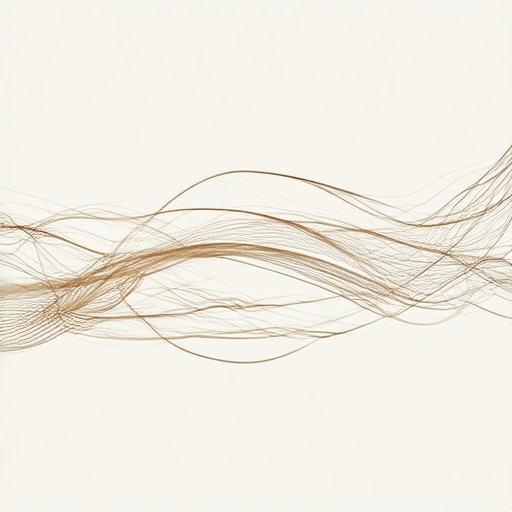
What Does Finding Beauty in Simplicity Mean?
Finding beauty in simplicity means appreciating the intrinsic value and essence of things as they naturally are, rather than focusing on superficial or complicated aspects. It involves recognizing the inherent worth and charm in ordinary moments, objects, or experiences that may initially seem unremarkable but hold deeper significance.
Simplicity often masks complexity, and uncovering its beauty requires careful observation and reflection. Here are some key insights:
- Minimalist Aesthetics: Simplicity can be visually appealing, as seen in clean designs, neutral colors, and uncluttered spaces. Minimalist art and architecture often highlight the beauty of simplicity by emphasizing form over function.
- Nature’s Influence: Many find beauty in simplicity by drawing inspiration from nature. Natural landscapes, such as a serene mountain stream or a quiet forest, exemplify simplicity through their untouched, unaltered states.
- Functional Design: Simplicity in design prioritizes usability and efficiency. A well-crafted tool or appliance that performs its function effortlessly demonstrates the beauty of simplicity.
- Emotional Depth: Simple gestures or expressions often carry profound emotional weight. A heartfelt smile, a kind word, or a sincere apology can be deeply moving, showcasing the beauty of simplicity in human connection.
- Personal Reflection: For many, the beauty of simplicity lies in personal experiences. Reflecting on memories, hobbies, or daily routines can reveal hidden treasures of joy and fulfillment that might have gone unnoticed before.
The beauty of simplicity isn’t about neglecting details or avoiding challenges. Instead, it’s about valuing what truly matters and finding appreciation in the ordinary. This mindset fosters a more meaningful and balanced life, encouraging us to slow down and savor the moments that bring us happiness and fulfillment.
Exploring this concept further, Peter Spirito delves into personal storytelling and creative reflections, highlighting how simplicity can enrich our lives and provide a unique perspective on beauty and meaning.
How to Find Beauty in Simplicity
Simplicity often masks profound beauty, waiting to reveal itself when observed closely. Here are five approaches to uncovering its charm:
1. Embrace Minimalist Living
Beauty thrives in simplicity, especially when clutter is removed. A minimalist lifestyle focuses on essential items, allowing true value to emerge. Decluttering your space creates a calm environment, making it easier to appreciate each object’s purpose. Overlooking unnecessary details reveals the inherent worth of what remains.
2. Seek Inspiration in Nature
Nature is a master of simplicity. Observe a tree in winter—its bare branches highlight strength and resilience. A mountain’s rugged terrain exudes raw beauty. These natural forms remind us that less can mean more. Spend time outdoors to absorb the tranquility that simplicity brings.
3. Appreciate Functionality
True beauty often lies in function. A well-crafted tool, like a vintage car or a handcrafted knife, combines form and function seamlessly. Such objects endure because their design is purposeful, reflecting the beauty of simplicity. Look for items that serve a clear purpose—they tell stories of craftsmanship and timeless appeal.
4. Explore Creative Expression
Simplicity can inspire artistic expression. Monochrome photography captures the essence of minimalism, while abstract art strips away distractions to reveal underlying patterns. Consider monochromatic color palettes or asymmetrical designs—they highlight the beauty of simplicity in art and design.
5. Practice Mindful Moments
Pause daily to notice small beauties. Savor a cup of tea, observe a flower blooming, or enjoy a quiet walk. These moments remind us that beauty is everywhere, even in simple things. Mindfulness helps us see beyond the superficial, finding deeper elegance in ordinary moments.
By embracing these perspectives, we learn to appreciate the subtle yet powerful beauty that simplicity offers. It’s not about seeking complexity—it’s about finding harmony in what exists naturally.
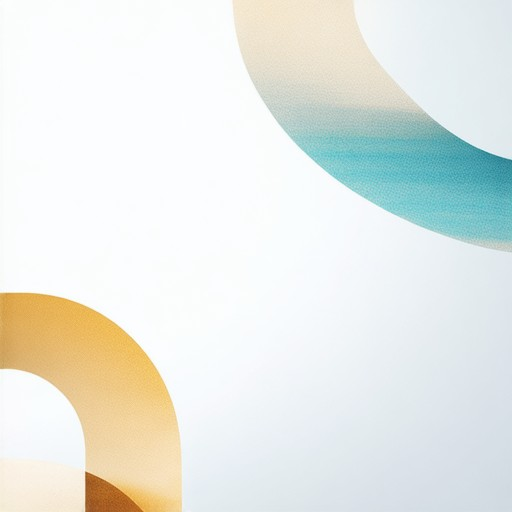
What Does Finding Beauty in the Simple Things Mean?
Finding beauty in the simple things is a mindset that involves appreciating the ordinary and recognizing the elegance, joy, or value inherent in everyday moments and objects. This concept emphasizes slowing down to notice the details that often go unnoticed, fostering gratitude, and cultivating a sense of wonder toward life’s everyday occurrences.
At its core, this philosophy encourages individuals to shift their focus from seeking grand experiences or material possessions to valuing the small, often overlooked aspects of existence. By doing so, people can develop a deeper connection to their surroundings and a greater sense of contentment.
- The beauty of simplicity can be found in nature, such as the first bloom of spring or the quiet strength of a winter tree standing resilient against the elements.
- It can also manifest in everyday objects, like a steaming cup of coffee, a perfectly ripe avocado, or the warmth of a sunlit room.
- Even acts of kindness, like a heartfelt thank-you note or a spontaneous act of generosity, carry a profound beauty that transcends their simplicity.
Adopting this mindset can lead to improved mental well-being and a more fulfilling life. It encourages mindfulness, fosters relationships, and helps individuals navigate challenges with a renewed perspective. By embracing the beauty in simple things, we learn to appreciate life’s richness in the most unexpected places.
For those looking to explore this concept further, Peter Spirito offers thoughtful reflections and personal stories that delve into the beauty of everyday life. His work serves as a reminder that true beauty often lies in the ordinary, waiting to be noticed and appreciated.

Why Is Simplicity So Attractive?
Simplicity is undeniably attractive due to its ability to enhance various aspects of life, contributing to a more balanced and fulfilling existence. Here are the key reasons:
- Reduction of Stress: Simplicity reduces mental clutter and overwhelm, fostering a sense of calm and well-being. A clean and organized environment can significantly alleviate stress, making it more appealing.
- Enhanced Productivity: By minimizing distractions, simplicity allows for greater focus and concentration, which can boost creativity and efficiency—a highly attractive trait in both personal and professional settings.
- Aesthetic Appeal: Simple spaces often look more serene and visually pleasing, aligning with principles of beauty and design that emphasize essentiality and harmony.
- Authenticity and Realness: Embracing simplicity can reflect a commitment to authenticity, as it involves stripping away unnecessary elements to reveal one’s true self—an attribute that is inherently attractive.
- Sustainability: Simplicity supports eco-friendly practices by reducing resource consumption and waste, resonating with those who value environmental responsibility.
- Psychological Benefits: The “less is more” philosophy underpins much of modern design, highlighting the sophistication and elegance of minimalist approaches to living.
- Genuine Connections: In relationships, simplicity fosters deeper interactions by eliminating distractions, allowing for more meaningful and intimate moments.
In essence, simplicity is a holistic approach that enriches life by valuing authenticity, functionality, and harmony, making it a desirable lifestyle choice.
The Three Qualities of Simplicity
Simplicity in design, functionality, and user experience is a cornerstone of effective communication and usability. Here are the three primary qualities that define simplicity:
- Clarity : Simplicity begins with making information easily understandable. This involves reducing cognitive load by presenting content in a straightforward manner, eliminating unnecessary details, and ensuring that the core message is immediately apparent.
- Minimality : Simplicity often means doing more with less. This could involve using fewer words, fewer elements, or a more efficient layout to convey the same or greater value without complicating the user experience.
- Approachability : Simplicity fosters a welcoming and inclusive experience. It ensures that users, regardless of their background, can interact with the system or content effortlessly and intuitively.
Simplicity is not just about aesthetics; it is about functionality, accessibility, and user-centric design. By focusing on these qualities, creators can ensure their work is both effective and easy to grasp, fostering better engagement and outcomes.
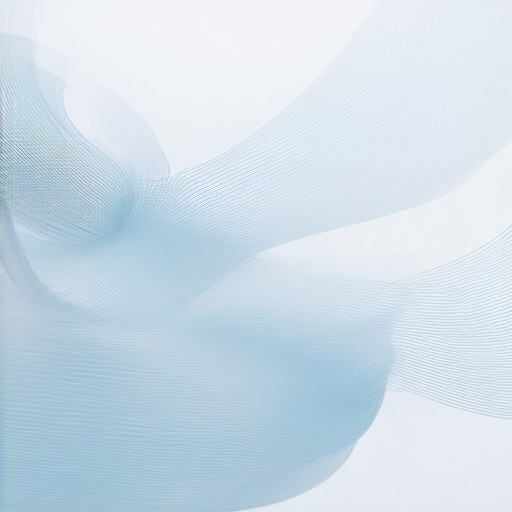
Why Simplicity Is Elegance
Simplicity is often misunderstood in a world that values complexity. However, its true essence lies in its ability to convey refinement and sophistication without unnecessary complication. The pursuit of simplicity is not about laziness but rather a deliberate choice to focus on what truly matters.
- The art of simplicity strips away distractions, allowing individuals to focus on what truly matters in life.
- Simplicity fosters clarity, making it easier to see the bigger picture and make decisions with confidence.
- It creates space for creativity, as less clutter allows the mind to wander freely and explore new ideas.
- Simplicity is timeless and transcends cultural boundaries, serving as a universal language of elegance.
The Power of Minimalist Living
Embracing simplicity in daily life can lead to a more balanced and fulfilling existence. By reducing unnecessary obligations and focusing on essential aspects of life, individuals can find greater joy and satisfaction.
- Minimalist lifestyles often lead to reduced stress and increased productivity.
- They allow for better use of resources and a more intentional approach to consumption.
- Minimalist spaces tend to feel more comfortable and inviting because they are uncluttered and focused.
Simplicity in Design
In the realm of design, simplicity is elegance. Clean lines, subtle colors, and unobtrusive elements create a sophisticated aesthetic that is both functional and visually appealing.
- Minimalist designs often have a stronger emotional impact because they are not overwhelmed by details.
- They are easier to appreciate because they lack distractions, drawing attention to the most important features.
- Simple designs are also more durable and long-lasting, as they are built to withstand the test of time.
A Conclusion
Simplicity is not just a philosophy; it is a way of life that embodies elegance and refinement. By embracing simplicity, we can find peace in the chaos, clarity in the confusion, and beauty in the ordinary moments of life.
Whether in our homes, our wardrobes, or our daily routines, simplicity is a choice that leads to a more meaningful and satisfying existence. It is a reminder that less is indeed more, and that true elegance lies in the quiet confidence of knowing what truly matters.
Explore more stories and reflections on simplicity and elegance

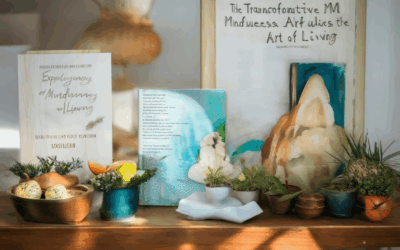

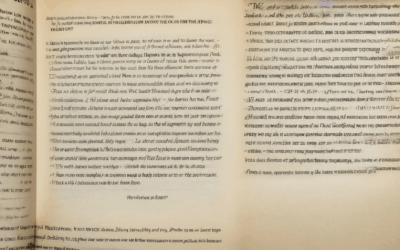
0 Comments